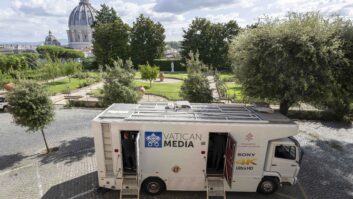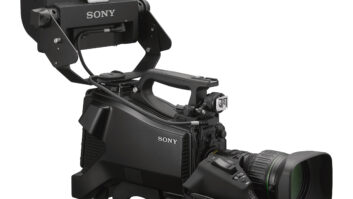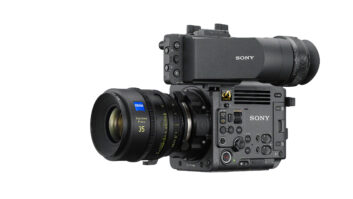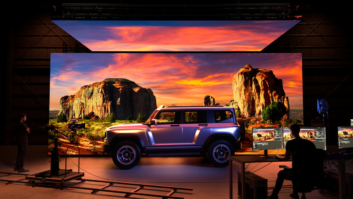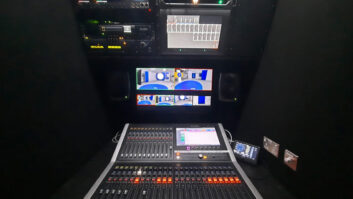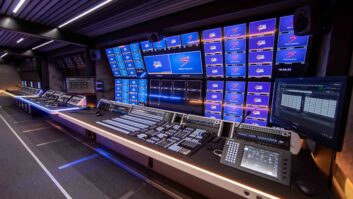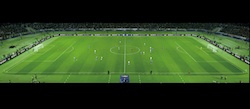
While there are strong opinions on both sides of the ‘beyond HD’ debate, not least that Ultra HD should get out of the box with higher frame rates, higher than 8-bit colour, wider dynamic range and an easily understood consumer message, the practical issue of acquisition is being solved.
Indeed, with FIFA’s announcement that it will capture the World Cup Final 2014 in the format, Sony claims that “4K is no longer a vision but a reality.”
“Why should you invest now in 4K?” European VP Katsunori Yamanouchi asked rhetorically at Sony’s IBC press conference. “Because this live production system can also be used to shoot HD – by offering HD cut outs, downconversion or high frame rate sequences for slo-motion.”
Whereas the test of 4K by Sony at The Confederations Cup involved seven F55 cameras and a couple of converted feeds, the World Cup Final 2014 will likely be captured with a greater number of Sony F55 cameras and additional 2D conversion available to the director.
Sony has introduced a PWS-440 4K server making it possible to record ISO feeds in 4K and to create slow-motion and highlight editing also in 4K. Telestration, HD cut-outs from 4K images and picture stitching (as shown in the photo) can also be accomplished to polish HD live coverage today, it’s argued. The unit supports four 4K inputs and offers up to five hours record time and is a direct competitor to EVS – according to Sony.
So far Telegenic is the only OB in Europe to have outfitted a 4K truck. “We are talking to OB operators around Europe about adding a 4K layer to their existing infrastructure,” explained Sony’s Strategic Marketing Manager, Live Production, Claus Pfeiffer.
For example, a transmission camera adaptor attached to the F55 provides familiar CCU operation and talkback to the operator.
“If they have HDC-2500 cameras they can reuse the CCU, reuse the viewfinder and the RCP control, which means the additional investment necessary for 4K shooting is not so big,” he said.
Sony’s switcher can take on board a new upconversion processor to upres HDC-2500s to 4K. The same technology may make it possible to upscale HD from specialist aerial or rail cameras for integration into a live 4K workflow.
Shooting 60fps is also not considered an issue for what Sony considers the first phase of live 4K production.
“The EBU discussions are centering on 100fps, but we can prove that 60fps is already capable of creating very good 4K images,” says Pfeiffer. “Since chipsets for STBs capable of 100fps might not arrive for a couple of years, 60fps makes 4K possible now.”
The F55 and F5 feature new high frame rate capability of 2K 240fps or 4K 60p. For higher 4K rates, Sony’s F65 will reach 120fps.
Sony’s FS-700 can also record 4K via external recorder and at IBC the company added a pair of NXCAM camcorders. The NEX-FS700R models feature a 4K Exmor Super35 CMOS sensor and enable 4K/2K recording on an external recorder. A firmware update includes the S-log2 gamma mode for wider dynamic range with Sony pitching the cameras at corporate, and low budget production.
“The shallow depth of field of the F55 make it great for use in cinematography one day and on 4K sports the next,” said Pfeiffer, citing one sports producer’s interest in shooting live action with the camera as well as beauty material for highlights packages.
“We thought shallow depth of field might not work in live sports but it turns out not to be a great issue. You need a converter for P4 mounted lenses for the larger sensor and we are providing this. It reduces the sensitivity by a couple of stops but the F55 has a very high dynamic range to compensate. It’s the perfect first step into 4K.”
“To add a 4K layer is not a big investment,” Pfeffier insisted.
By Adrian Pennington
